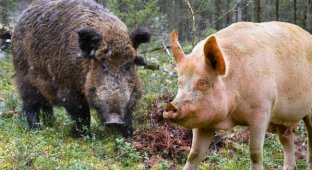The unheard song of the mojo gone forever (6 photos + 1 video)
A simple song of a bird calling for love. But this song was not destined to be heard. 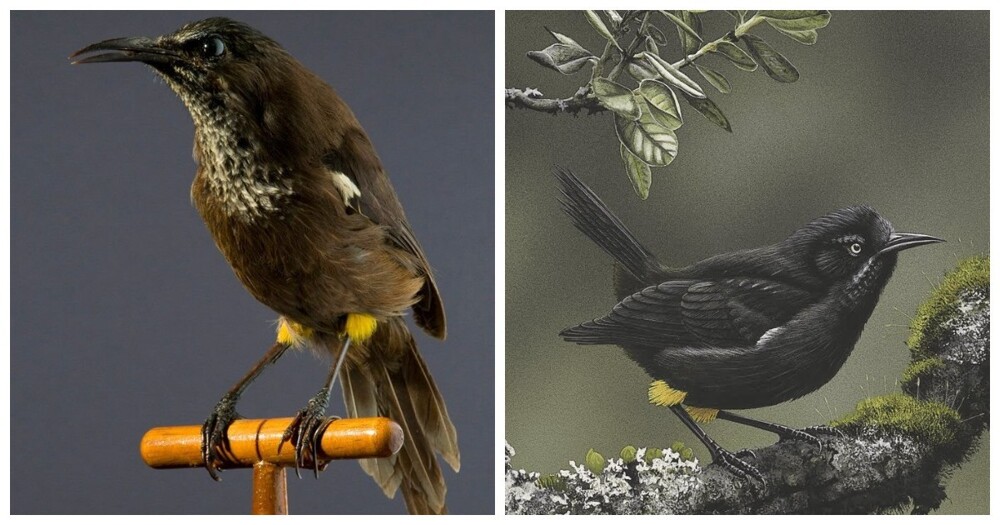
The story of this inconspicuous, pretty bird is as sad as those that species that disappeared forever from the face of the earth due to the fault of the “crown of creation” did not have time to tell. 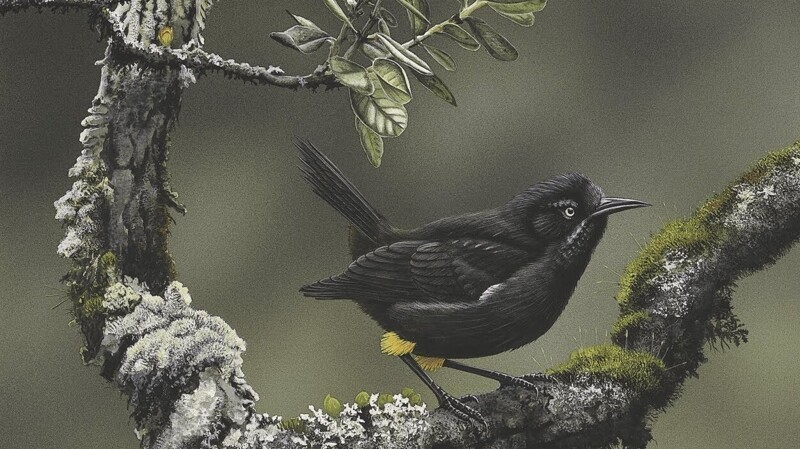
The scale-throated moho (lat. Moho braccatus) is an extinct species of bird that lived on the island of Kauai. All five species of the family Mohoidae have not survived to this day. The scaly-throated mojo lasted a little longer than its fellows. 
It was slightly smaller in size than other species - no more than 20 centimeters long. The dark plumage of the mojo was set off by a scaly pattern in the chest and throat (hence the name). On the paws there were contrasting lemon “pants”, matching the color of the iris. The pointed beak was slightly curved down. This form made it possible to feed not only on insects, but also on nectar, which is why the bird was even mistakenly attributed to the Honeysucker family.
Until the end of the last century, this species was a common representative of the island. The voice of the mojo intertwined with a polyphonic bird orchestra, performing a bewitching song of nature. But then people appeared in Hawaii. And with them pigs, rats, and bird diseases, which thinned out the ranks of the local inhabitants. 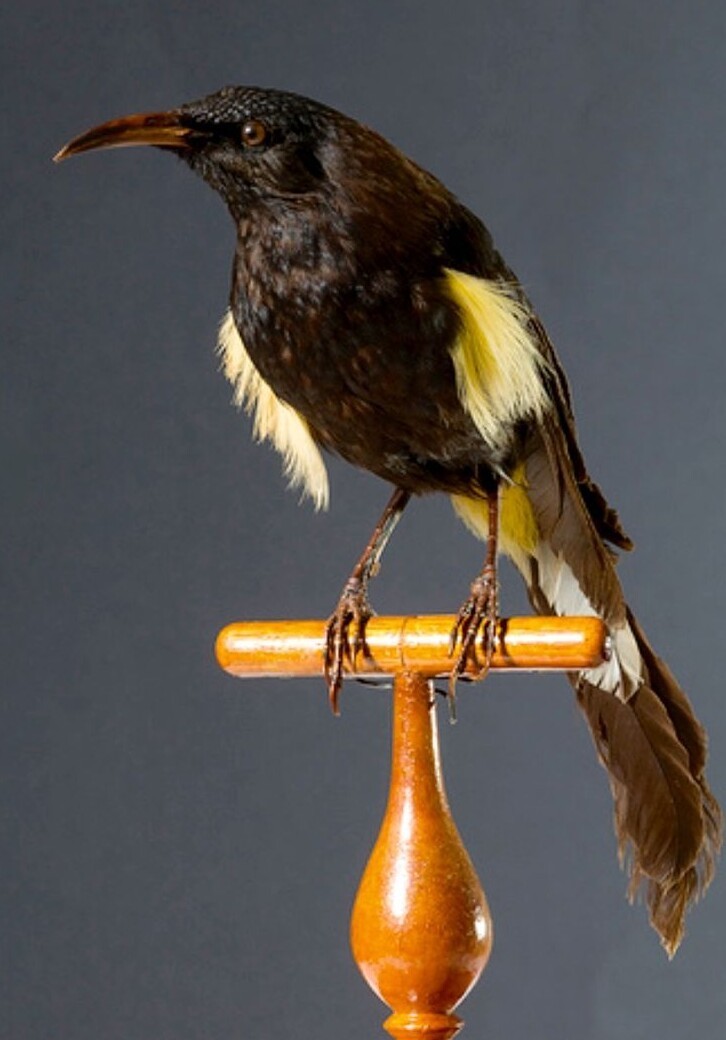
And then they wiped them off the face of the earth. It is noteworthy that the mating song of these birds was common. One partner started, the second supported, filling the pauses. Since the disappearance of the species, the last living pair has been closely monitored. After a strong hurricane in 1982, the female probably died. And the male stayed and continued to sing for his beloved. After all, he did not know that she would never hear the song again and would not answer him.
Biologist David Boynton made the last voice recording in 1987. From it you can hear that the bird takes breaks, waiting for the partner to enter during pauses.
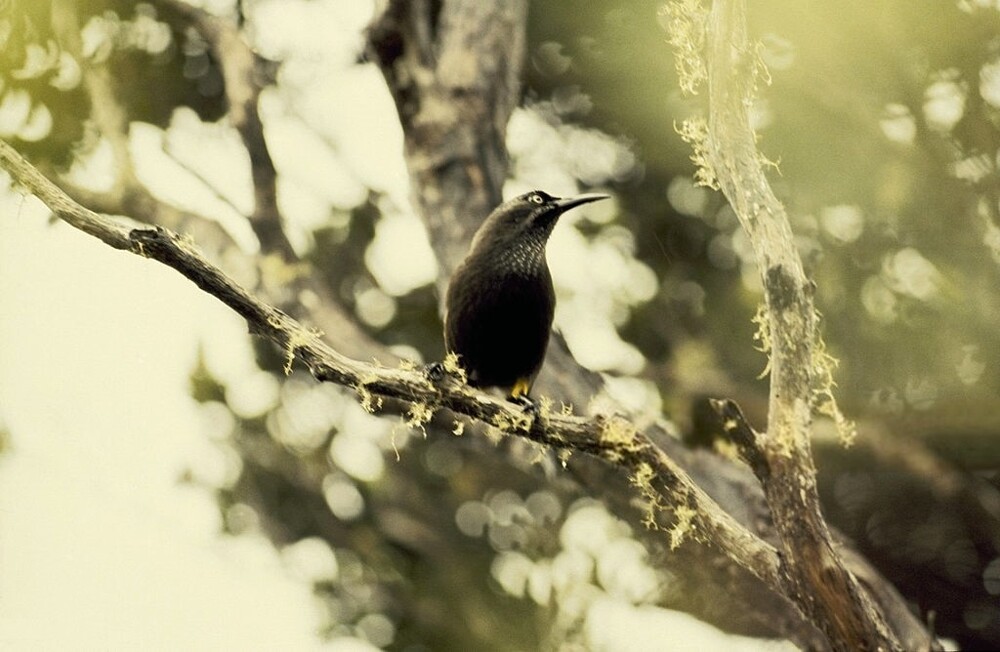
Subsequent expeditions to Kauai to obtain information about the scaly-throated moho were unsuccessful. No more bird tracks were found. In addition to natural factors (hurricanes, diseases), anthropogenic factors also contributed to the disappearance of endemic species, whose existence is already under threat.
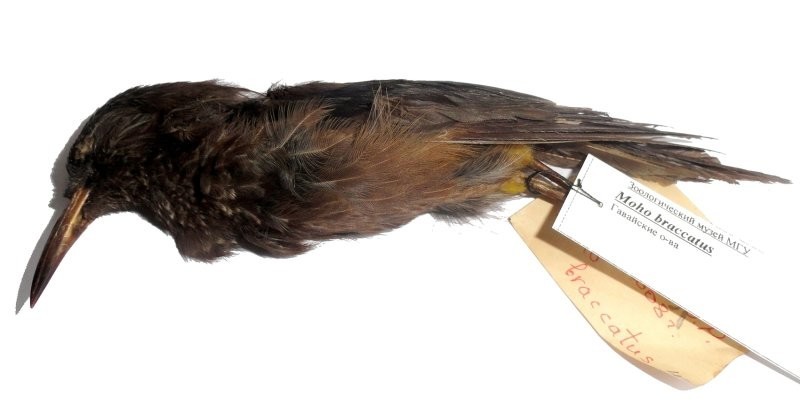
The world has lost another song. Nature has lost another amazing creation. Although there are still optimists among enthusiasts who believe that the birds have survived somewhere in the mountains, the chances of this, taking into account the passage of time, tend to zero.























